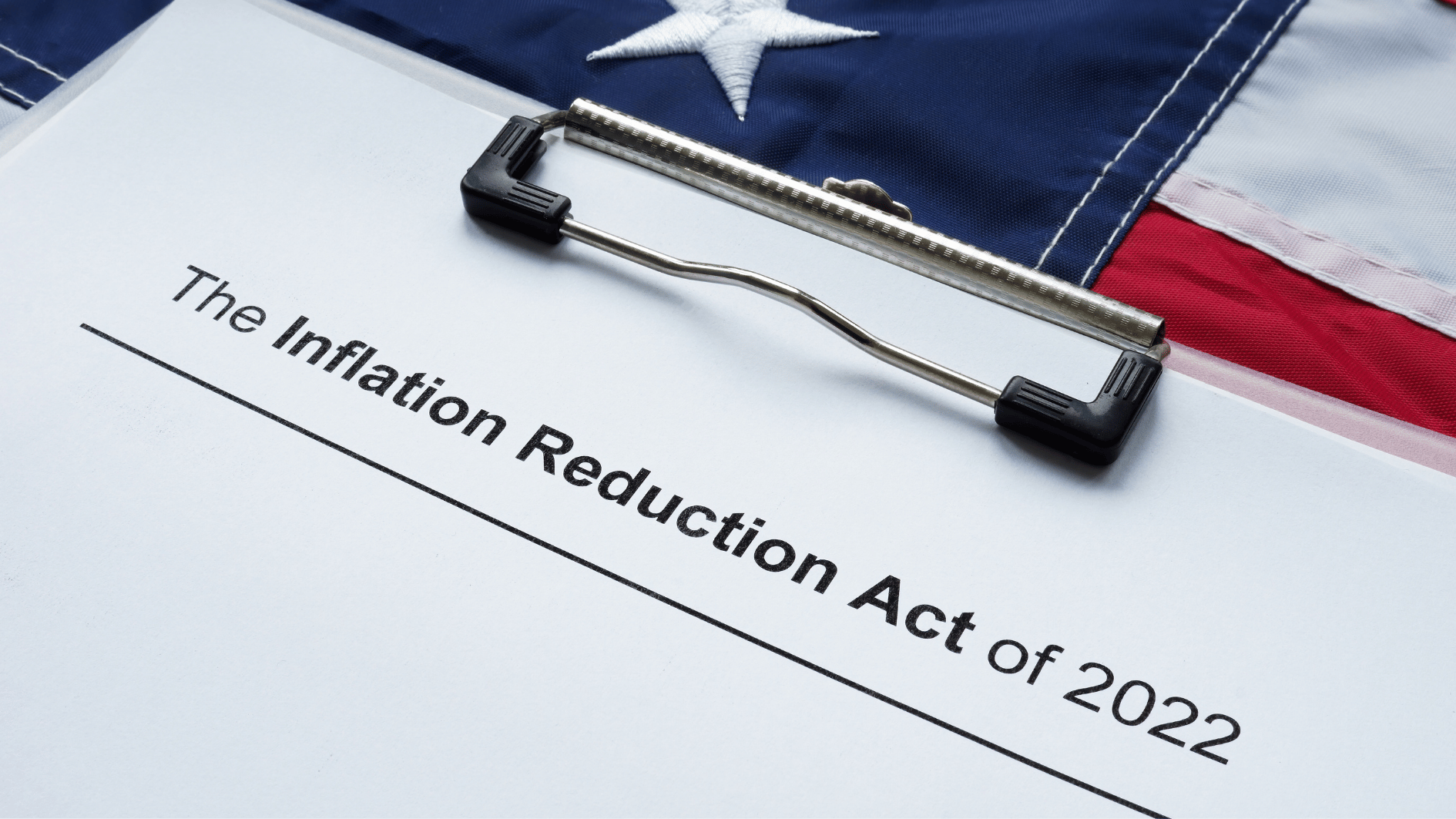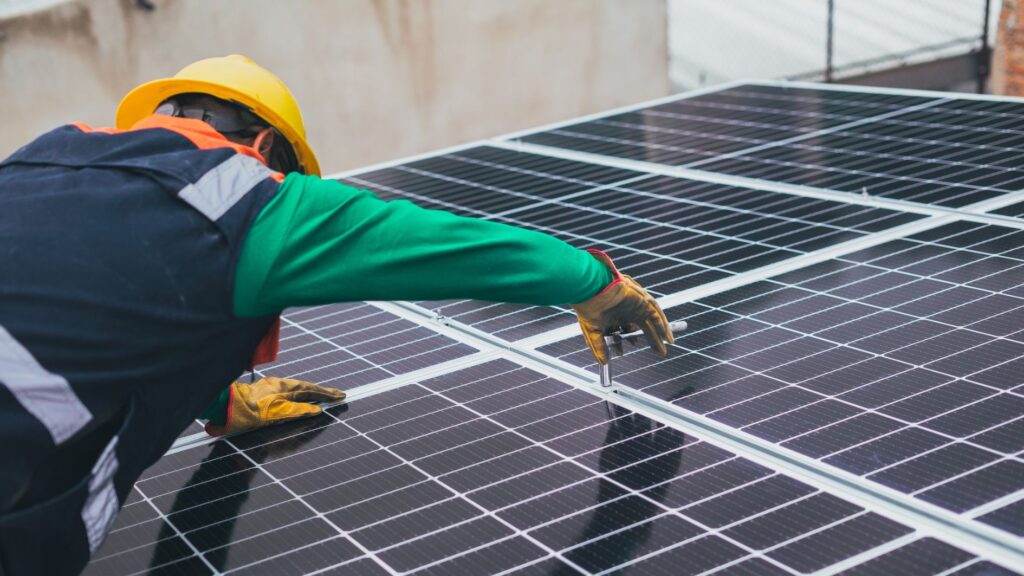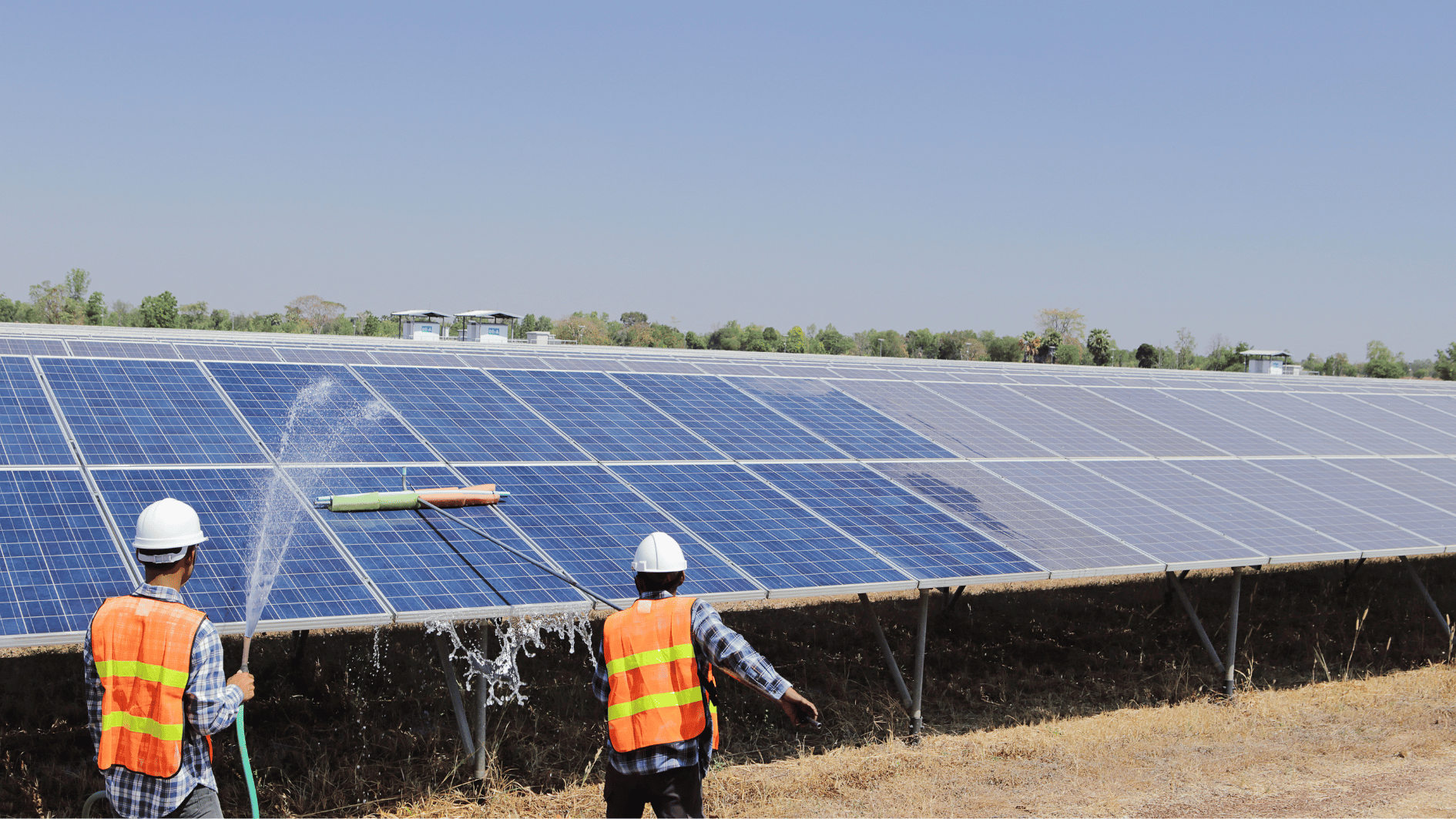Image source: Canva.com
The U.S. solar industry is experiencing a record-breaking surge in 2024, fueled by increased federal support, state-level incentives, and ongoing cost reductions in solar technology. According to recent data from the Solar Energy Industries Association (SEIA), the U.S. added over 30 gigawatts (GW) of solar capacity this year alone, representing an impressive 25% year-over-year growth.
Key Drivers: The Inflation Reduction Act and Net-Zero Commitments
The Inflation Reduction Act (IRA), passed in 2022, has significantly driven the growth of the solar industry. By extending the 30% federal solar tax credit through 2032, the IRA has provided long-term financial certainty for homeowners, businesses, and large-scale developers. It also introduced additional incentives for domestic manufacturing and projects in low-income communities, spurring investments in these areas.
Moreover, the IRA’s impact is complemented by state-level commitments to achieve net-zero carbon emissions and updated Renewable Portfolio Standards (RPS). States such as California, New York, and New Jersey have intensified their solar mandates while emerging markets like Pennsylvania and Virginia are increasing their investments to align with ambitious climate targets.

Inflation Reduction Act: Key Solar Energy and Energy Storage Provisions
Residential Solar Adoption Reaches New Heights
The residential market saw its largest quarterly growth ever, with more homeowners turning to solar amid rising electricity prices and increased awareness of climate change. Solar financing options have also diversified, with many households opting for zero-down solar loans, Power Purchase Agreements (PPAs), and lease programs.
Solar-plus-storage installations are also on the rise, with battery systems providing backup power during grid outages and enabling households to store excess solar energy for nighttime use. SEIA reports that nearly 40% of new residential solar installations now include battery storage, a jump from just 15% two years ago.
Solar Creates Jobs and Boosts Local Economies

With the expansion of solar capacity, employment opportunities are also on the rise. The solar industry now supports over 400,000 jobs, establishing itself as one of the fastest-growing sectors in the U.S. economy. New positions are emerging nationwide in manufacturing, installation, and project development. This growth is driving not only clean energy advancement but also job creation and economic development, especially in underserved communities benefiting from new investments.
Challenges Ahead: Supply Chain and Policy Uncertainty
Despite the gains, the industry faces challenges. Supply chain constraints and fluctuating material costs continue to impact large-scale solar projects. Developers are also navigating complex state-level net metering changes, with states like California adopting NEM 3.0, which alters the financial returns for solar customers.
There are also concerns about ongoing trade disputes and tariffs on imported solar panels, which could impact future growth if not addressed.
What’s Next? Solar’s Future Looks Bright
Industry experts predict that the U.S. will exceed 200 GW of total installed solar capacity by 2026, driven by technological advancements, declining costs, and sustained policy support. With ongoing efforts to electrify transportation and decarbonize buildings, the demand for clean energy solutions like solar is set to continue its upward trajectory.

As the nation heads towards a cleaner energy future, the growing solar sector remains a key player in the race to reduce greenhouse gas emissions and achieve long-term energy security.





